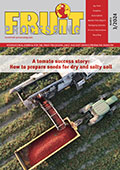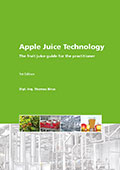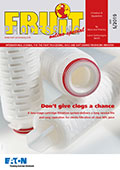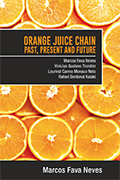EFSA’s plant health experts have reviewed a study that suggests the pathogen which causes citrus black spot disease (CBS) is present in Europe. Phyllosticta citricarpa is listed as a quarantine plant pest in the EU and has never before been identified in the territory.
The authors of the paper reported finding the fungal pathogen in domestic gardens in Portugal, Malta and Italy but said there was no evidence of the disease at any of the sites.
Although the authors applied advanced molecular techniques for identifying fungal species, EFSA’s Panel on Plant Health noted a number of limitations in the surveillance part of the study:
- It is not clear from the methodology presented how the sample locations and sites were chosen or how samples were collected.
- The sampling procedure was inconsistent and not statistically based.
- No explanation is given for how the CBS disease surveys were conducted. Without properly constituted disease surveys, there is little support for the conclusion that P. citricarpa did not lead to disease.
Surveys conducted by national plant protection organisations following publication of the paper have not confirmed its findings. Sampling will continue in the following seasons.









